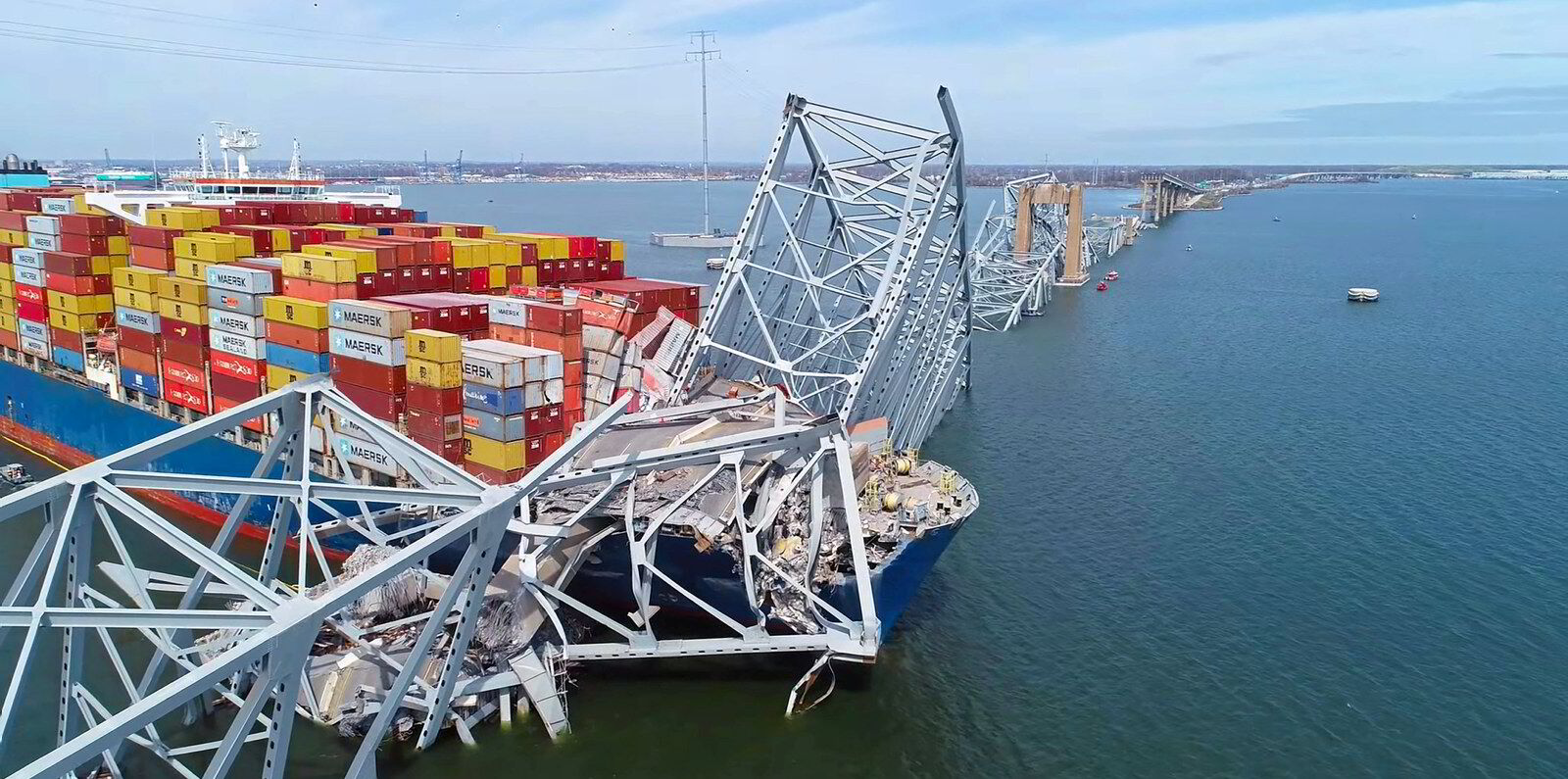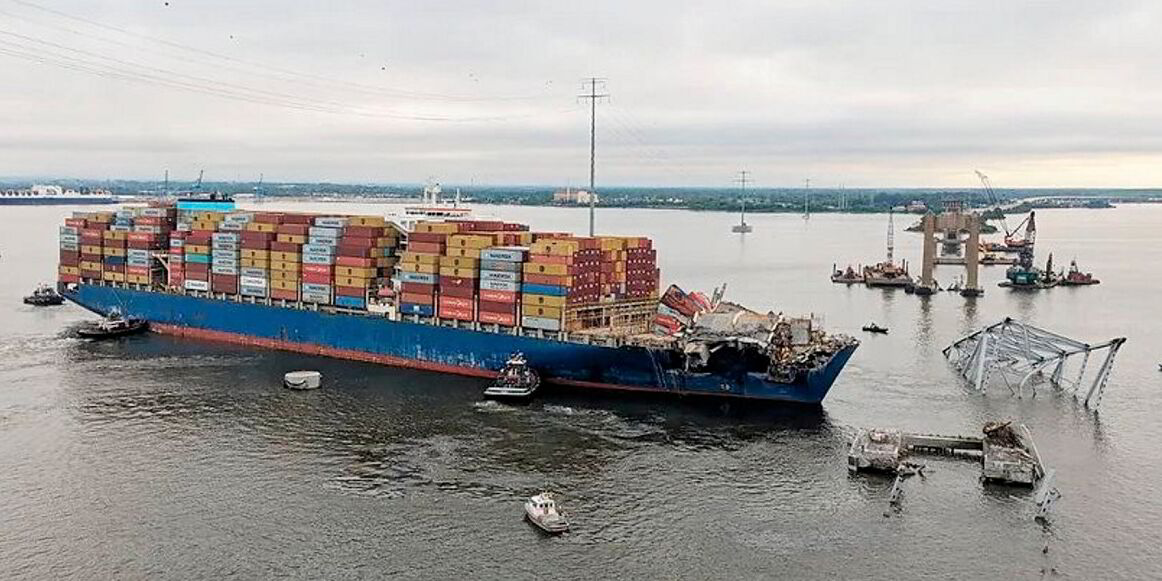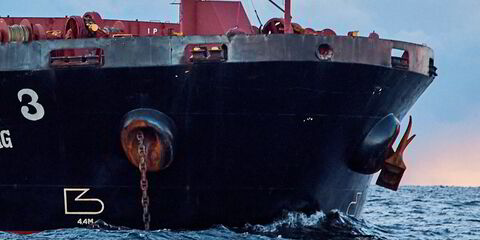A trial could be heard as early as next year to decide if the owner of the container ship that destroyed a bridge in Baltimore will face the full multibillion-dollar impact of the world’s most costly maritime claim, according to a respected casualty lawyer.
More than 45 groups and individuals — from the US government to families moving home – have lodged claims against the owner and operator of the 9,962-teu Dali (built 2015) after it hit and brought down the Francis Scott Key Bridge in Baltimore in March.
A week after the deadline to file claims, Judge James Bredar issued guidance on how he plans to run the case, with a focus first on the shipowner’s attempt to limit liability to less than $44m, before turning to other issues, according to a memo.
Bredar, chief judge of the US District Court for the District of Maryland, published the document setting out a series of steps to “efficiently and expeditiously” conclude the case being heard in Baltimore.
One experienced lawyer said the judge’s approach could mean the trial on the attempt to limit liability could be heard as early as 2025 or 2026.
James Mercante, a partner at law firm Gallo Vitucci Klar, said: “Before this court order came down, I anticipated that it would be seven to 10 years before the hearing on limitation came to a head.
“But this judge has short-circuited all of that, showing he’s a no-nonsense federal judge, and I would imagine the hearing on limitation would take place by the end of 2025 or early 2026.”
The question of limiting liability is key to the case. The state of Maryland is looking to claim damages from Singapore-based shipowner Grace Ocean and manager Synergy Marine for the $1.7bn needed to replace the bridge alone.
The state also wants damages for the impacts of the bridge disaster, ranging from lost taxes to environmental costs.
The owner and operator have sought to limit liability to less than $44m based on an 1851 US maritime law.
The attempt is opposed by claimants including the City of Baltimore and the families of the six construction workers who died when the bridge came down.
They claim the ship was unseaworthy and should never have left port, and that electrical faults that contributed to the crash were avoidable. A spokesman for the owner has said it looks forward to presenting its case in court.

If the shipowner and operator are successful, the comparatively small settlement would have a knock-on impact on the finances of the 12-strong International Group of P&I Clubs and the potential cost of future shipping reinsurance rates.
The judge has scheduled a hearing for 29 October to decide the outline timetable for the case and has told counsel for two of the claimants, the US government and the state of Maryland, to prepare a status report that includes a “detailed and precise” proposed timetable.
“Only after resolution of the questions of whether petitioners are entitled to exoneration from or limitation of liability does the court anticipate setting deadlines” for other parts of the case, Bredar said.
He has also urged claimants to band together to limit the number of people in court, with nominated lawyers representing the dead workers, cargo claims, the government and private sector interests.
Mercante said: “With more than 45 claimants of various categories, judicial management of the case is going to be extremely important.”
Even if the liability part of the case is heard in 2025 or 2026, the case is still likely to run for years. Given the scale of the claims, whatever ruling emerges on liability is likely to be appealed, said Mercante.
Read more
- P&I clubs and shipowner hire Washington lobbyist over Baltimore disaster
- Star Bulk and Navision Shipping invoke Exxon Valdez law to lodge claims in Dali case
- How Exxon Valdez law could sway the damages awarded in Baltimore bridge legal battle
- Baltimore bridge disaster could hike reinsurance bill by up to 20%, warns broker Marsh
- FBI and US Coast Guard board second Synergy Marine vessel in Baltimore





